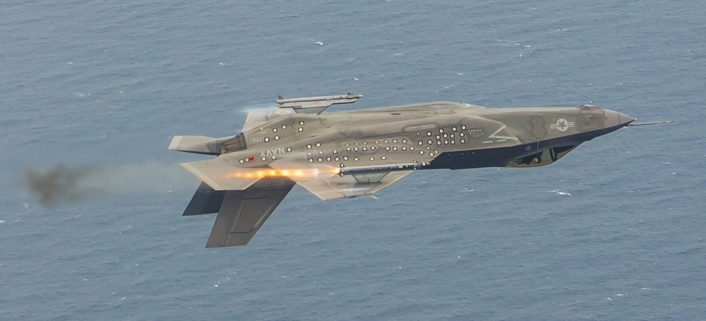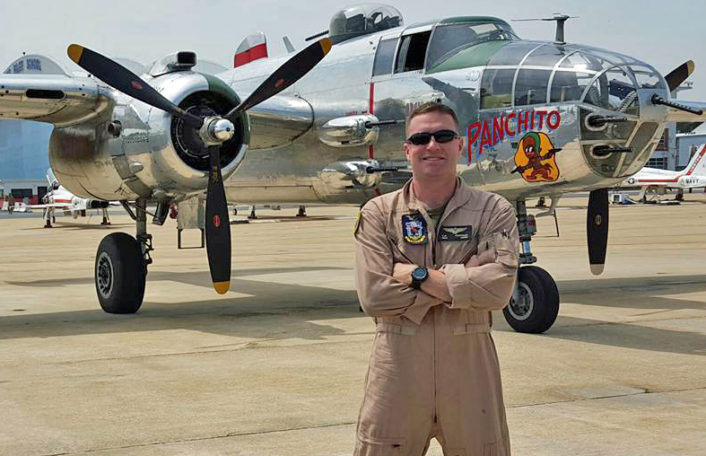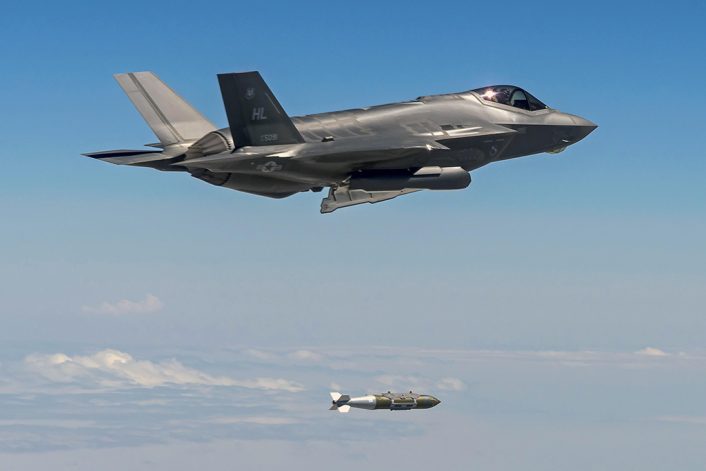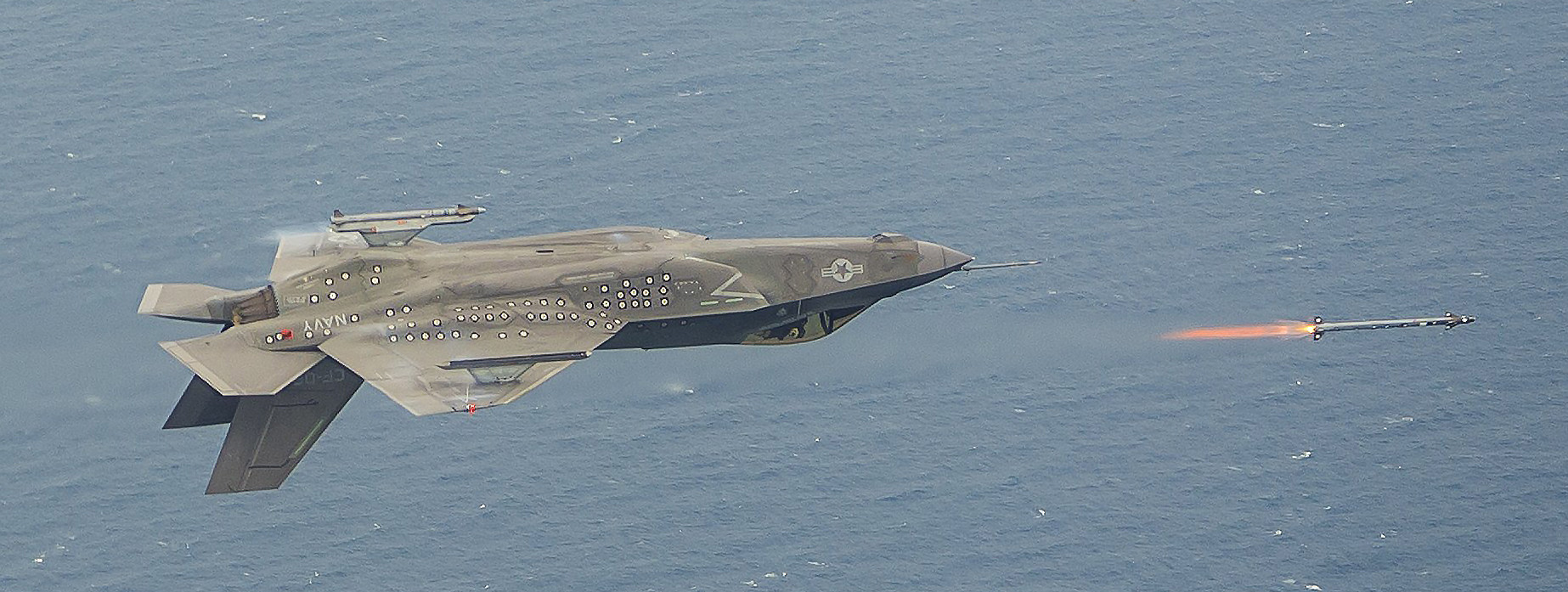Check Out These Cool Photos of the F-35C That Would Make Maverick and Goose and Jealous.
How many chances will the U.S. Navy’s F-35C have to launch a close-range, advanced air-to-air dogfighting missile like Raytheon’s AIM-9X in combat while flying upside down? The answer is *probably* none.
But in the unlikely event a U.S. Navy F-35C Lightning II does go into a dogfighting “furball” and it turns into a real-world remake of “Top Gun” without Tom Cruise, Lockheed Martin needed to be sure the F-35C could perform.
This missile launch test at the Patuxent River Naval Base in Maryland on the east coast of the U.S. demonstrated this rather unlikely capability was possible.
Flight test aircraft CF-2 performed the capability demonstration on June 8, 2017 and was photographed by Lockheed Martin photographer Dane Wiedmann using a Nikon D4 camera with a 24-70mm zoom lens while flying high right (or is it left when inverted?) formation in a chase aircraft.
Wiedmann shot the impressive photos at 1/1600 shutter speed to freeze the fast accelerating missile leaving the rails and f-stop 5.0 using ISO 400 setting. Wiedmann took the images early in the day, before 9:00 AM local time, accounting for the nice lighting.

The missile launch demonstration was flown by U.S. Marine Corps test pilot Major Eric Northam of Air Test and Evaluation Squadron Two Three, VX-23, based at Patuxent. Major Northam is a highly experienced tactical aircraft test pilot with extensive experience in the F/A-18 Hornet in addition to the F-35C.
It is noteworthy that the flight test was flown by Major Northam, a USMC test pilot, on an F-35C, the U.S. Navy variant of the Joint Strike Fighter. The U.S. Marines fly the STOVL (Short Take Off Vertical Landing) variant of the Joint Strike Fighter, the F-35B.

As a side note, an AIM-9X, the world’s most advanced infrared–tracking, short–
With the frequent popular media criticism of the F-35 program and a lingering narrative of program limitations that, according to some analysts really don’t exist, these tests for flight and weapons performance at the outer edges of the mission envelope seem to send a promising signal that the F-35 is capable across its entire mission requirement set, including unusual outlying mission requirements like inverted missile launches.
The capabilities of the F-35 Joint Strike Fighter program continue to be demonstrated across all types and services. Between Aug. 4 and Aug. 11, 2017, the U.S. Air Force conducted the first ever delivery of GBU-31 2,000-pound precision guided Joint Direct Attack Munitions, or “JDAM’s” at the Utah Test and Training Range near Hill AFB.
Pilots and Airmen of the 419th and 388th Fighter Wings operated the USAF’s F-35A Lightning II during the evaluations, named “Combat Hammer”. This was the first Air Force conducted operational evaluation of air-to-ground munitions for the F-35A following Lockheed Martin verification of capability tests. Official U.S. Air Force media sources quoted the performance of the tests to have, “above average mission and sortie rates”.
USAF Colonel Tim Smith, Commander of the 86th Fighter Weapons Squadron detachment located at Hill AFB told media, “Overall, everything went as planned and all participating units performed very well, including the 34th Fighter Squadron F-35As.”













